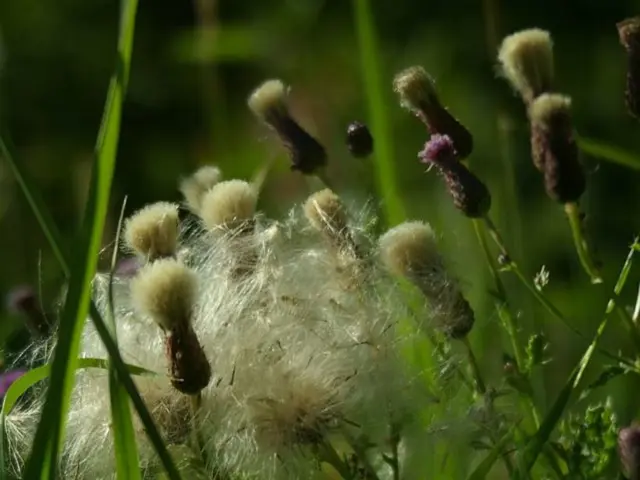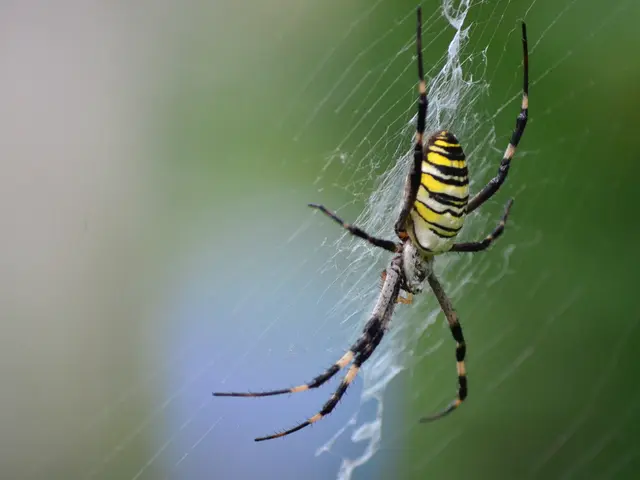Specialty Groundcover Alternative: Experts Reveal the Facts About Red Creeping Thyme as a Grass Lawn Alternative
Red creeping thyme, a low-growing herb belonging to the thyme family, is gaining popularity as a low-maintenance alternative to traditional lawns. This versatile plant offers several advantages, although it requires careful consideration during the initial establishment phase.
One of the key advantages of red creeping thyme is its water conservation and drought tolerance. It thrives with significantly less water than traditional grass lawns, making it ideal for drought-prone or hot climates. This reduction in water usage not only supports environmental sustainability but also reduces water bills.
Another benefit of red creeping thyme is its low maintenance. It grows slower than conventional grass, requiring less frequent mowing or edging. Moreover, it naturally suppresses weeds, reducing the need for herbicides and labour-intensive upkeep.
Red creeping thyme also supports biodiversity by producing small, nectar-rich flowers that attract and support pollinators like bees and butterflies, enhancing local ecosystem health compared to sterile grass lawns. Furthermore, its aesthetic appeal extends beyond greenery, with purple flowers and a soft, woolly grey foliage that can create a beautiful, fragrant ground cover.
However, there are a few considerations to keep in mind. Red creeping thyme may require careful planting and some initial care to establish a uniform, dense mat, which can take time compared to quickly sprouting grass. Additionally, while hardy, creeping thyme may not tolerate heavy foot traffic as well as some turfgrasses, so it may not be suitable for high-use play areas.
Seasonal appearance is another factor to consider, as thyme’s foliage color and flowering can vary seasonally, which may not provide year-round uniform green coverage like certain grass varieties. During the establishment phase, young thyme patches can sometimes be vulnerable to weed invasion.
Eliza Gray, a garden designer with over 15 years of experience, recommends starting a red creeping thyme lawn by planting small plug plants about 6 inches apart in an area free of other plants and weeds. The plants prefer low-nutrient soil and need free-draining soil and full sun to thrive.
After establishment, red creeping thyme requires minimal maintenance. Weed out any competing plants and give it a light trim after flowering. Aeration and scarification tasks become obsolete with red creeping thyme.
In conclusion, red creeping thyme is an excellent eco-friendly, water-wise, and visually attractive lawn alternative for homeowners seeking to reduce maintenance, support pollinators, and conserve water, especially in climates where water use is a concern. However, it is best suited for low-traffic areas and may require patience when establishing coverage.
- The versatile design of a red creeping thyme loft garden can offer a unique home-and-garden lifestyle, integrating gardening ideas and drought-tolerant plants.
- With its low-growing structure, red creeping thyme could serve as a design element in a home, creating a visually appealing, low-maintenance alternative to traditional grass lawns.
- To build a red creeping thyme home landscape, consider using the ideas suggested by garden designer Eliza Gray, beginning by carefully planting small plugs in a well-draining soil and sunny location.
- Caring for a red creeping thyme home-and-garden can include designing it around a sustainable lifestyle, conserving water and promoting biodiversity, while requiring less frequent maintenance and fewer resources compared to traditional lawns.








